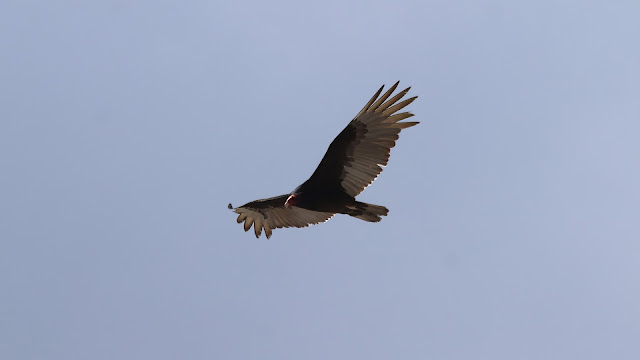There wasn't much to report for Saturday, March 30th. Once again I trusted the very untrustworthy predictions of weather dot com and ventured out when they said I was in the clear. Wrong again.
Here's what I saw online...
 At 2:17 pm I took off for the nearby college campus where I usually engage in my weekend walks. This is what I saw when I got there...
At 2:17 pm I took off for the nearby college campus where I usually engage in my weekend walks. This is what I saw when I got there...Out of the car there was a tiny bit of precipitation and I started walking. About a 1/4 mile in I realized things were getting worse. I wrapped up my camera in a plastic t-shirt bag and headed for my modest goal which was to go to the western extreme of the campus, an additional 3/4 of a mile and head back to my car for a total walk of about 2 miles. However, once I added a mere .27 miles I realized I better detour back to the car. It was a wide detour nonetheless. I ended up reasonably soaked. Also, it was only 52º and I wasn't dressed for 52º and wet. I was dressed for 57º and not wet. The total walk was 1.33 miles. All this because I trusted you weather dot com. My bad. More fool me.
Sunday (today), March, 31st.
Predictions were somewhat shady again but I had quite a bit more blue sky heading out. Docken joined me on the phone. Thanks Docky.
There was a lot of mud to navigate in the garden so I mostly headed out to get at least yesterday's target walk in.
White crowned sparrow bathing. There used to be a bench in this spot.
Our female mallard friend from two weeks ago. I suspect the male was in the pond just behind her but it was slip and slide muddy so I skipped checking. She took off into the pond through a backdoor entrance right after I snapped a couple of pictures.
Heading out to the west gate. This pair of turkey vultures are becoming regulars.
This common raven shot past me flying low.
Up to the hilltop. The parking lot for the music and theater buildings is covered with photovoltaic panels. It's the first place I ever saw solar panels. According to Wikipedia, the college has a 191-kilowatt solar generation system that has 1,274 photovoltaic panels and a 360-kilowatt, natural gas co-generation system. This project is the largest of its kind to be undertaken by a U.S. community college, yielding around 4.4 million kilowatt-hours of electricity a year and reducing carbon dioxide emissions by more than 1,500 tons over its operating lifetime.
Last shot on the way back down the hill.

















































